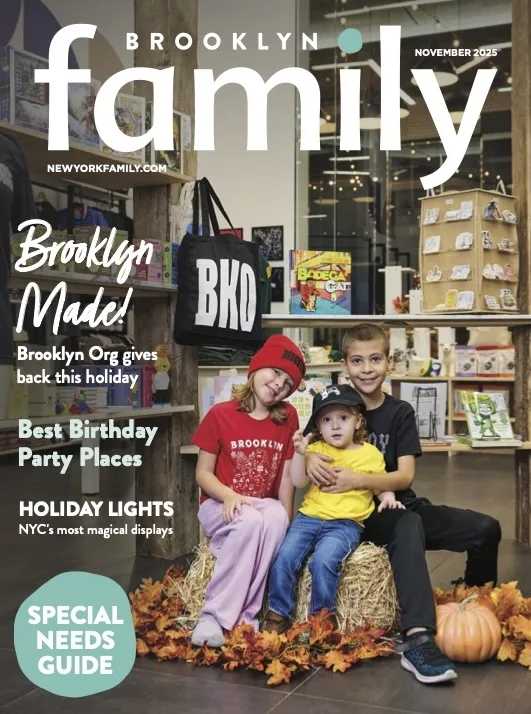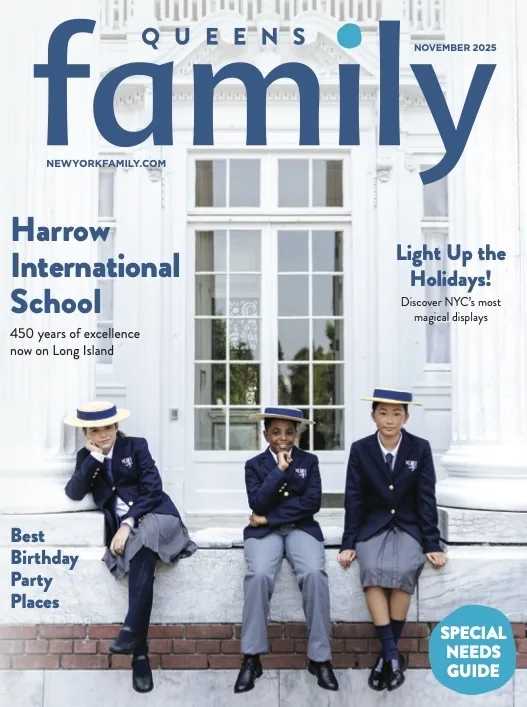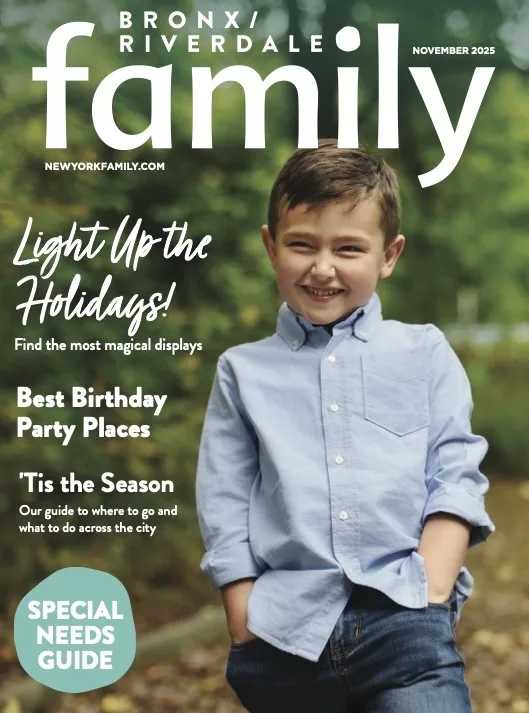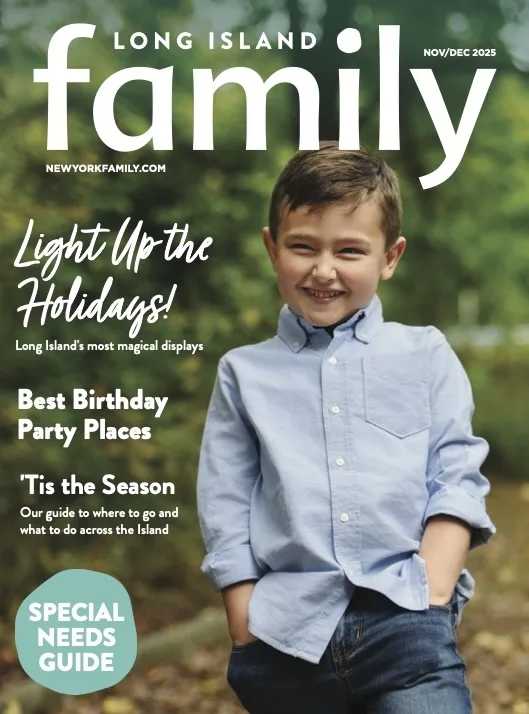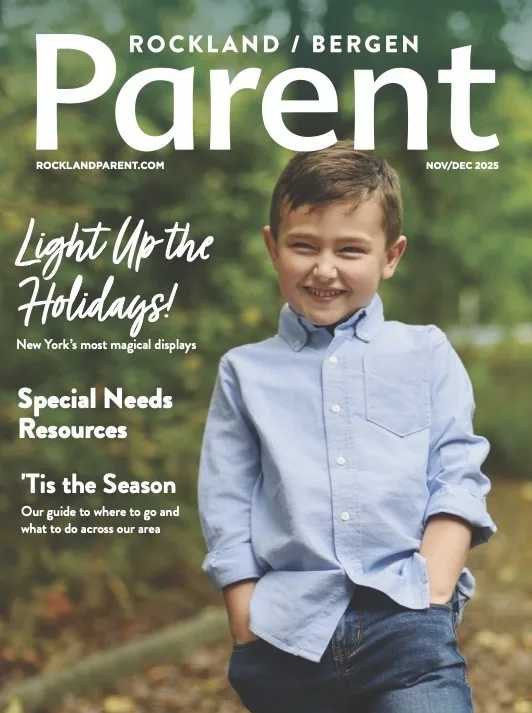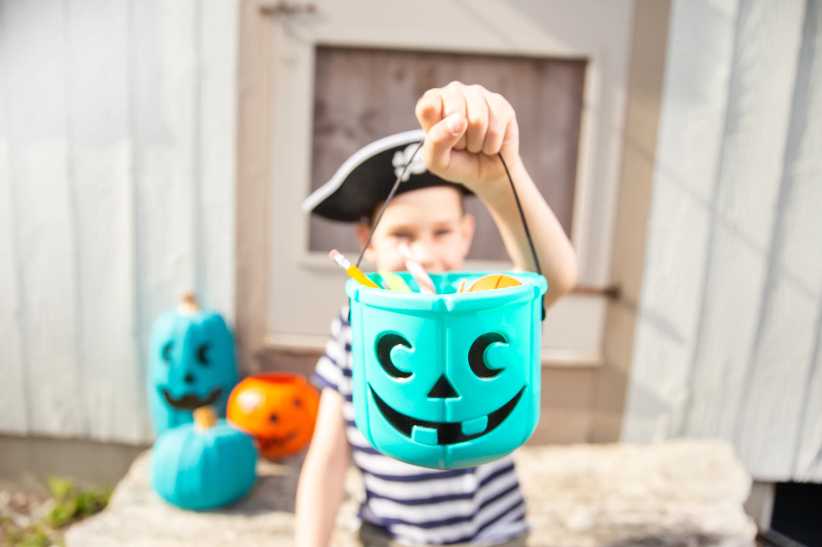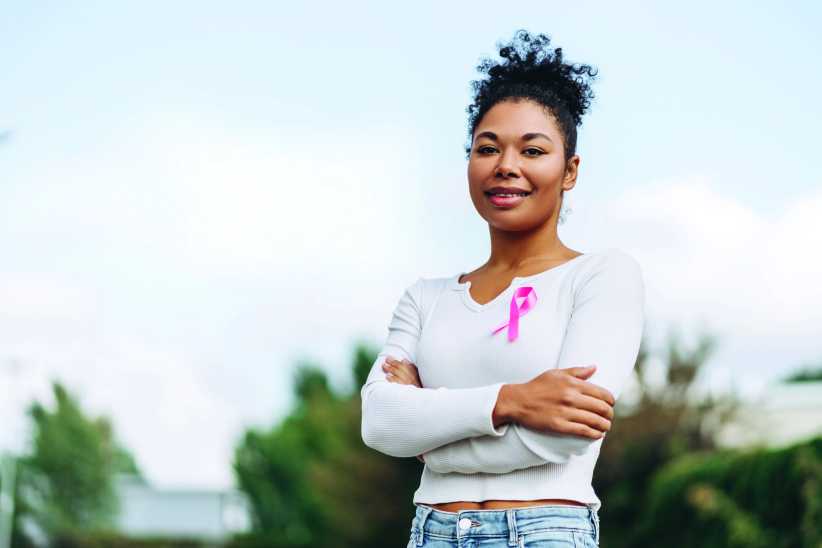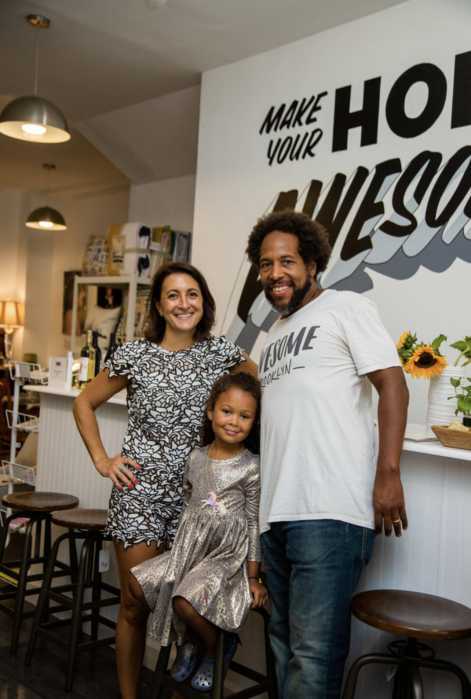
by Christina Furnival
Each morning we send our children to school with a cheery message that goes something like, “have fun and be nice.” In hopeful anticipation, we await their end-of-day report where they share stories of a fun-packed day of structured learning, loving friendships, fun playground games, and warm-hearted belly laughs. Fortunately, this happens most of the time. But there are times when our children come home deflated because another kid left them feeling down. If this is occurring with some frequency, we may need to help our children set boundaries to develop fulfilling friendships. What do we say and do? If you’re feeling lost on positive steps to take, I am here to help.
This topic was all too common when I worked in community mental health providing therapy to children, adolescents, and their families. Friendship concerns are experienced by almost everyone. Relationships are complex! The good news is, this means a lot of good research has been done, and effective ways to work through these challenges have been identified. One such conclusion is that being able to set healthy boundaries is necessary for healthy relationships.
Let’s explore boundaries and why are they important. As well as three tools for you to help your children build healthy and fulfilling friendships. (Spoiler alert…these work the same for adults too!)
Boundaries and their Importance
When we think of a boundary, we often envision a physical limit or barrier such as a crosswalk to safeguard pedestrians, clothing to shield skin from the elements, or a gated fence to define and protect a property line.
Relational boundaries are less visible and more complex. To help, let’s use a physical boundary example to get to the heart of the matter. Imagine you have a beautifully manicured lawn and garden which you love and value. You invest lots of time to prune, water, and nurture the flora. But your green oasis currently doesn’t have a fence. This means that Fido, the neighborhood marker-of-all-the-territories, can visit any time he wishes. He walks all over your grass and does his business wherever he chooses. He isn’t intentionally causing you hassle, but without a boundary, he does not know that he is not wanted on your lawn.
As a result, YOU are left to clean up his waste. You are left stewing inside about your garden being destroyed and how annoying it is to clean up after someone else’s pet. With reflection, you decide to protect what’s meaningful to you by setting a boundary, and you have a fence installed. Now, Fido can clearly see that your yard is no longer for his gallivanting. You’ve set a physical boundary, making your wishes clearly known, allowing you to really take pride in what’s yours and feel the relief of your property being respected.
Just like a physical fence set the boundary in the example above, when it comes to relationships, our words present the limit. A relational boundary has to be expressly spoken and defined so that your friends, family, or bosses will not be the metaphorical Fido on the lawn of your life.
To put it concisely: A healthy relationship boundary is a firm, but flexible, spoken expectation you set with another person to clearly define what you find acceptable (or not) in their actions towards you or others.
The need to set healthy boundaries stems from our wants, preferences, feelings, comforts, and values. For example, if you value keeping the floor of your home free from dirt and germs, especially with a little one crawling around, you may have a house rule of removing shoes before you enter. When guests come over, you get to decide if that is a boundary you want to extend to them or not.
Boundaries provide clarity by erasing ambiguity, allowing you and the relationship to be authentic. By setting healthy boundaries you construct the framework for a mutually enjoyable friendship, offering freedom to demonstrate love and respect for one another.
Many people, especially those who are particularly empathetic, caring, and giving, express having a hard time setting boundaries because they don’t want to be seen as “mean” or aggressive.
Psst… Check out the Best Online Games for Kids: Both Educational and Fun!
Healthy Boundaries Demonstrate Assertiveness, not Aggression
In reality, and as the latest research tells us, the opposite is true. Setting a boundary is not mean; it actually shows kindness to both yourself and your relationship. It says that you value yourself and how you want to be treated, and you value the relationship enough to be honest and respectfully direct. Further, boundary-setting is related with better assertiveness and having higher self-worth and self-love.
In that way, it is easy to see why not having boundaries is problematic. By not acknowledging and voicing our thoughts, values, and feelings, we are setting ourselves up for a failed mind- reading experiment. We silently and secretly hope (or even expect) that another person will be able to know us well enough to read our hints, tone, or gestures. This almost inevitably leads to miscommunication, discontentedness, and resentment.
Ironically, aggression usually appears because of a lack of boundaries. When boundaries have not been set, an individual may tolerate unwanted behavior until, ultimately, they explode! Angry outbursts can be avoided by respectfully and assertively setting boundaries before you reach your boiling point. The very act of setting healthy boundaries prevents aggression.
Teaching Boundaries to Children
The ability to set healthy boundaries is necessary, and possible, at all ages and stages. By supporting your children to learn about and set boundaries, you are opening them up to a lifetime of healthy and fulfilling friendships and relationships. So high five to you for reading this article. I recommend these three tools for parents, teachers, and other trusted adults.
3 Tools to Set Healthy Boundaries for Fulfilling Friendships
1) Foster your child’s social-emotional abilities
Setting a boundary begins with your child’s awareness of their feelings, and the ability to describe their feelings and express what they need.
To do this you can:
- Play games that explore feelings. My favorites are Bright Spots Therapeutic Fun games.
- Try “sportscasting” to your child. This means that you narrate what you see them experiencing and feeling. This also means validating your child’s experiences. For example, at a family party, you notice that your child doesn’t want to hug a specific auntie. You could reflect with them, “When your aunt asked for a hug, I saw that you turned your body away from her and you looked downwards. It looked like you felt unsure or uncomfortable. I want you to know that I am proud of you for listening to your feelings. You do not have to hug anyone that you do not want to. In the future, you could use your words to say ‘No, thank you’ to be even more clear.”
2) Get specific about healthy relationships
It is easy to forget that our children don’t always read between the lines of what we say. We may label friends as “good” or “best”, but we may not have actually explained what relational elements and behaviors earn those esteem labels.
Specifically, explain to your child what a good friend says, how they act, what they do, and how your child will likely feel when they are with such a friend. For example, “A good friend says things like ‘Let’s play’ or ‘I like you’, and they share, take turns, and use their words to solve problems. When you spend time with a nice friend, you feel happy and loved.” It’s important that our kiddos know that words and actions should be aligned.
And similarly, be specific when explaining what a not nice friend might say or do, as well as how they might make your child feel. For example, “An unkind friend may say, ‘You can’t join us’ or ‘I don’t like you’, and they may call you names or exclude you. When you spend time with an unkind friend, you might feel sad, confused, and hurt.”
3) Model boundary-setting
Our children are sponges and so often learn more from our actions than words. The better that we parents model boundary-setting in our own lives, the more naturally our children will mimic our healthy lead.
Now, this may require you to assess your own boundary-setting skills. Are there situations in which you have shied away from setting a boundary that would now be a great example to your child? If so, maybe you speak to your child about the problem, and what boundary you will set.
For example, let’s imagine you have a friend who has a habit of not giving you their full attention when you’re speaking. It has always bothered you, but you’ve never actually spoken up about it. You could explain to your child your boundary-setting plan, “When I have something to say, it’s important to me that the person I speak to is listening. So I am going to let my friend know that I will wait until they are available to listen before I speak.” And then your child can witness as you set the boundary.
Our kids are always watching how we act and handle challenges, and by modeling boundaries, our children will more deeply understand their power.
Setting healthy boundaries can feel challenging to do, especially at first and if you aren’t used to speaking up for yourself. The same will be true for your children, but they have you to cheer them on and to support their growth. These tools are simple to understand but require intentional repetition and practice. Please know that I believe in you; you’ve got this!
Remember, you’re giving your children a gift that will benefit them for the rest of their lives. They and their developing sense of self, confidence, and healthy friendships will thank you!
Christina is a wife and mom to two wild and wonderful kiddos, a licensed psychotherapist (LPCC), the founder of her website ChristinaFurnival.com and therapeutic motherhood blog Real Life Mama, and a children’s book author of a social/emotional wellbeing series, Capable Kiddos! Check out her timely and topical book “The Not-So-Friendly Friend — How to Set Boundaries for Healthy Friendships”, available on Amazon and Barnes and Noble. Worksheets to accompany learning can be found here — these age-specific worksheets on friendships and boundaries.

